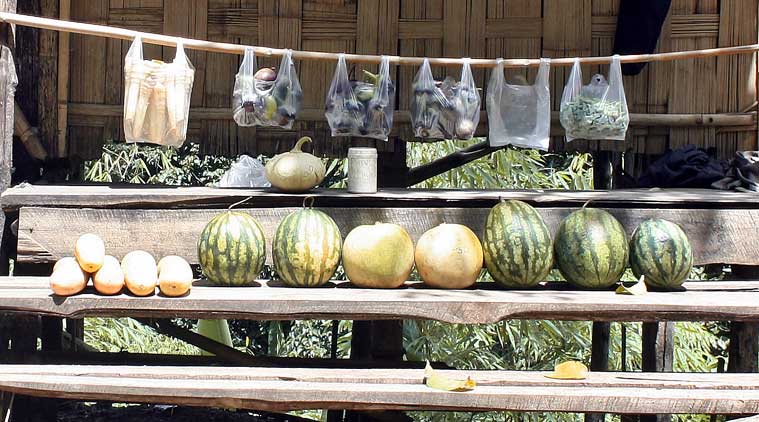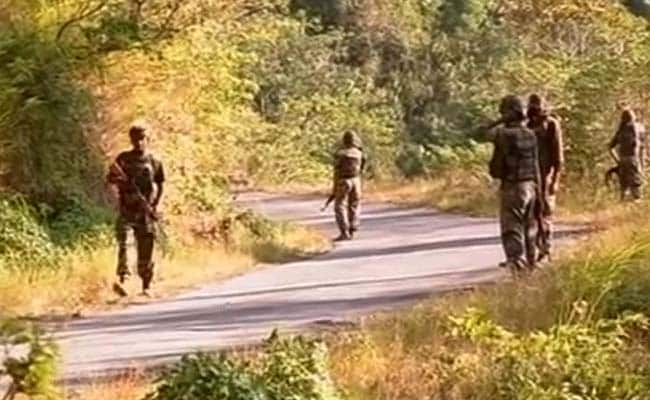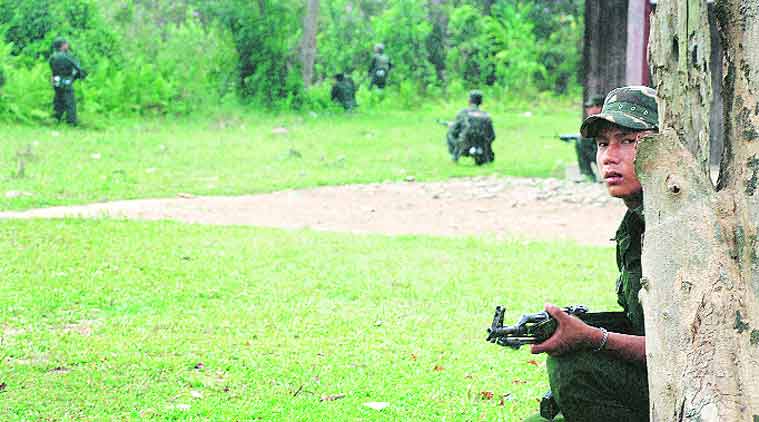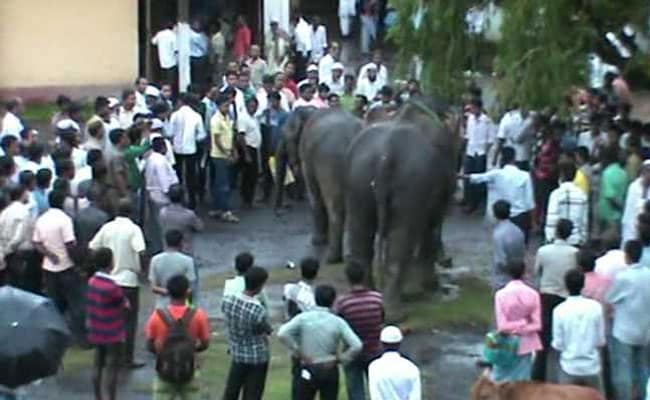It
is a unique way to buy and sell, a novel kind of grassroots commerce,
an indigenously developed small-scale agricultural marketing technique
even.
New Delhi, Jun 22 : Along Mizoram’s narrrow, winding hillside roads to the east, south
and north of capital Aizawl, stand strange sights — thatch huts that
double up as shops displaying an array of vegetables, fruits and the
occasional bottle of fruit juice, small dried fish, even freshwater
snails, a local delicacy in many Asian (particularly southeast Asian)
cuisines.
Nothing too out of the ordinary at first sight, except, there are no shopkeepers.
Instead, small cardboard sheets erected or hung on one of the bamboo
beams act as rate cards where the names and prices of the wares on
display are marked using, in most cases, a piece of charcoal.
The wares are hung nearby in small bundles inside transparent
polythene bags or wrapped neatly with plantain leaves that sit on ledges
under the beams.
Sometimes, numbers are also written on the plastic bags, or on the
plaintain leaves, or in case of juice, on plastic bottles, to designate
the price of each.
And always, just near the cardboard sheet hangs a small plastic
container with the words “Pawisa Bawm” or “Pawisa Dahna” where customers
(mostly, travellers passing through) deposit money for the things they
have bought and, if need be, from which they retrieve whatever change is
due to them.
It is a unique way to buy and sell, a novel kind of grassroots
commerce, an indigenously developed small-scale agricultural marketing
technique even. But more than anything else, it is an enduring symbol of
honesty and trust.
“People are good,” says Pi Khumi. “Nothing has ever been lost from our shop.”
The 55-year-old had just climbed up a small dirt path from her
family’s small jhum farm down by the Tuivawl river, which flows between
the ridges where the towns of Keifang and Kawlkulh are perched upon.
She had climbed up the hillside with a cane-basket full of sweet corn
to display at her shopkeeper-less shop and prepare and eat a lunch of
boiled rice and lentils with chilly and salt, a simple meal.
Her husband Rothuama and two adult sons were also on the way up, she
said, and would arrive with some freshwater snails they would have with
the food, but most of which they would display for sale at Rs 100 for
half a polythene bag, the most expensive of all their wares.
The family from Dulte village, which is located about seven km down
the road and up the other side of the river, have had their hut-cum-shop
here for more than two years.
With farmhands few and expensive, they can’t afford to spare any
member to stay at the hut and mind the wares, and any money that
trickles into the plastic bag of a cash register is a big bonus.
Weekdays are usually spent at their small farm and nights sleeping in
the roadside hut. After waking up at dawn and a quick meal later, they
climb down to their sloping field by 6 am, only to return well past 10
am for lunch, and then again at the farm from 1 pm till darkness falls
on the land, which in this eastern corner of the country, is around 6 pm
even during the summer.
All the while they are at the farm, they leave the hut and whatever
vegetables and fruits they have harvested there for passing travellers
to buy — absent traders entrusting their business to the honesty of
their faceless customers.
Although cases of theft are not rare in the state and urbanity has
brought with it certain vices, it is not all that uncommon to entrust
luggage and other things with shopkeepers, even in the capital, Aizawl.
For example, shops near bus terminals or maxicab stands often host
several bags that arriving or departing travellers leave there because
it is not convenient to lug them around. They simply return to take it
at the end of their journey.
This has been a longstanding tradition from the time chiefs ruled
over individual villages in the region; and what is now known as Mizoram
was unexplored by the rest of the world, as recent as just a
century-and-a-half ago. In those days, anyone who stole even something
as small as an egg from a neighbour’s houses would
be ostracised to the extent that the person and their relatives would
find it unpleasant to continue living in the village and would simply
migrate elsewhere. The same spirit seems to live on in Rothuama’s hut.
Further down the road stands another shopkeeper-less shop. It’s
almost midday and Chawngthanzama, 47, sits on his haunches, eating his
lunch from a steel plate in the darkened coolness the thatch-roofed
bamboo-hut offers on a warm, humid day.
The resident of Ruallung village, which lies about a three km (as the
crow flies) climb up the forested hillside, where he has a small farm,
has the same story as Rothuama’s family.
None of his wares have ever gone missing. Neither has the handful of
Rs 10 or Rs 20 notes he tends to keep in the plastic container-cum-cash
register in case customers might not have change.
“Usually, I pack the lemons and other things that do not get stale
easily before I sleep. I start for my farm early, most days by 4 am, and
I come back to quickly put some freshly picked leafy vegetables and
then head back to the farm. That way they are still fresh when the
maxicabs and buses pass by,” he says.
For many travellers, the trust that is involved in the transactions
with shopkeeper-less shops such as these is enough to make them want to
buy from them.
“Whenever I pass such shops, I make it a point to buy at least one
item. But when I buy something, it makes me happy, like I’ve contributed
something to something beautiful,” says Vanlalmuanpuii, a school
teacher in Aizawl.
 The
outbreak of classical swine fever has been a yearly affair during the
pre-monsoon season in Mizoram, according an official.
The
outbreak of classical swine fever has been a yearly affair during the
pre-monsoon season in Mizoram, according an official. 













